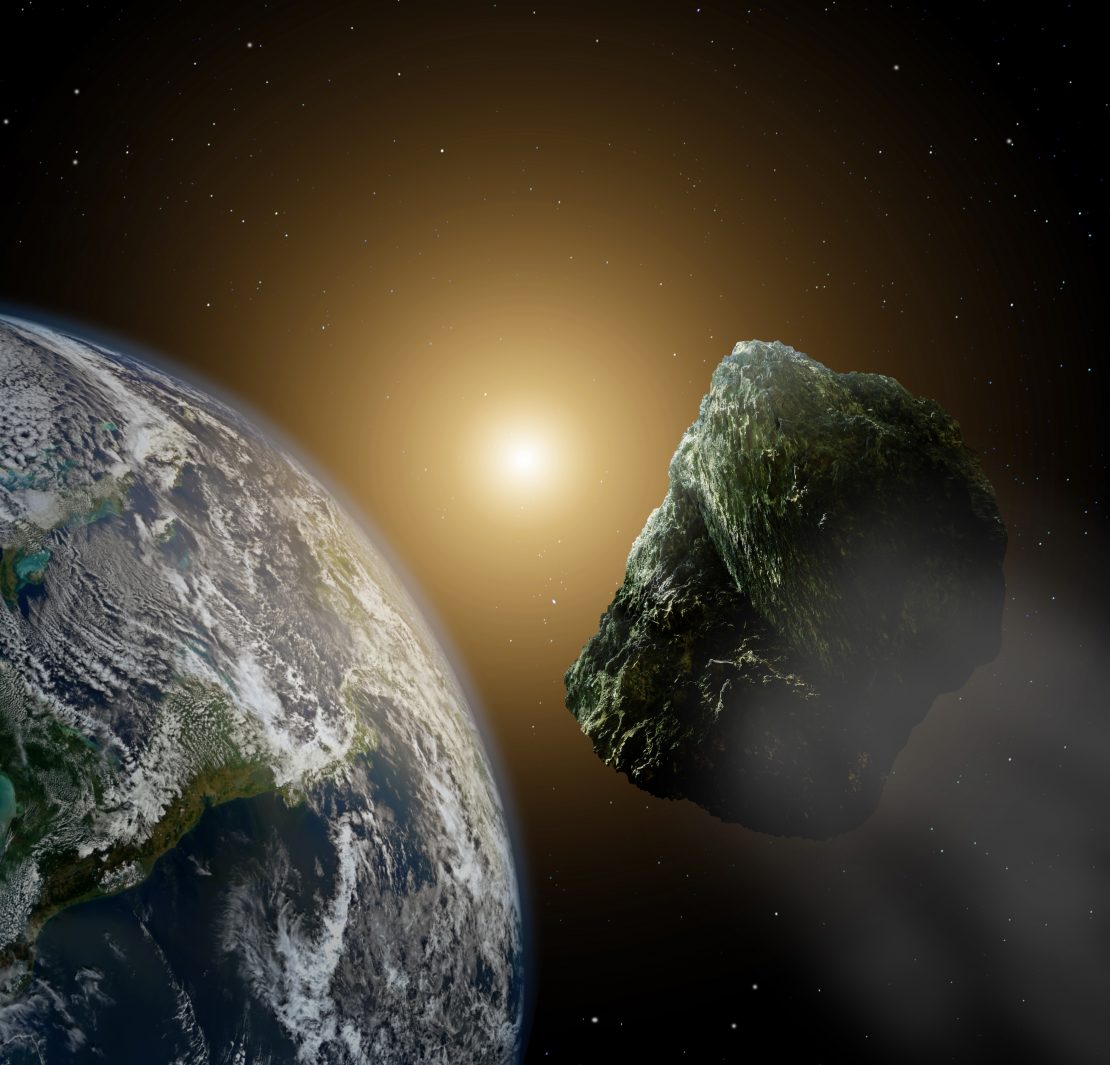Astronomers have discovered a “Planet Killer” asteroid hiding in the Sun’s glare, that could cross paths with Earth. According to a study published on September 29 in The Astronomical Journal,
a team of scientists discovered the asteroid named 2022 AP7 using the Cerro Tololo Inter-American Observatory in Chile. The team detected it alongside two other near-Earth asteroids (NEAs).
2022 AP7 has a diameter of about 1.1 km to 2.3 km. Researchers said it could be in the top five percent of the largest potentially hazardous asteroids (PHAs) ever. Scott Sheppard, the lead study author with the Astronomical Journal said in a statement, “So far we have found two large near-Earth asteroids [NEAs] that are about 1 km across, a size that we call planet killers,” Asteroids that are deemed “Planet Killers” have the potential to cause catastrophic destruction upon impact.
Sheppard assured that while the asteroid crosses Earth’s orbit, it is going to stay well away from the planet for at least a couple of centuries. “It has no chance to hit the Earth currently,” quoted Euronews.
Researchers used the Dark Energy Camera in Chile to look for objects within the orbits of Earth and Venus. These NEAs are part of a cluster of asteroids between the orbits of Earth and Venus, and are particularly difficult to find because of the glare of the sun. Researchers only got two 10-minute windows during twilight to make their observations.
In the last 100 years, the most significant asteroid to have struck the Earth was in 2013. It disintegrated only 20 kilometres above the ground in the Russian city of Chelyabinsk, causing a large number of meteorites to scatter over the city and injuring thousands of people. Space agencies worldwide are already working on ways to defend the planet in the event of a hazardous object collision. NASA recently made headlines in September, when it confirmed that the spacecraft it smashed into an asteroid had succeeded in nudging the object from its natural orbit. The DART mission (Double Asteroid Redirection Test) marked the first time humanity altered the natural course of a body in space. China has also indicated that it is planning a mission to redirect the path of the asteroid Bennu, thus preventing a potentially catastrophic collision with Earth.





